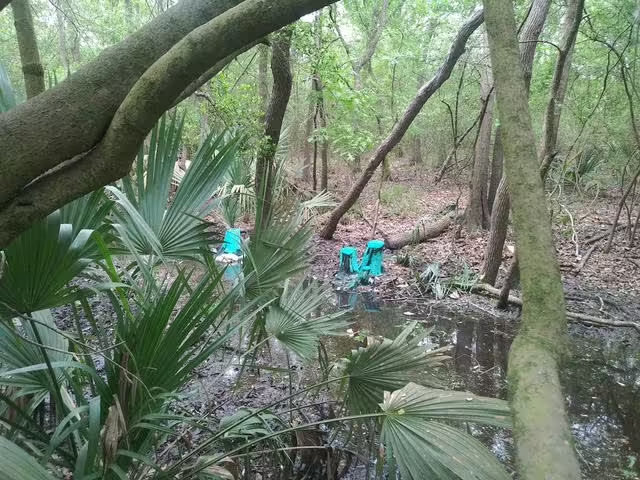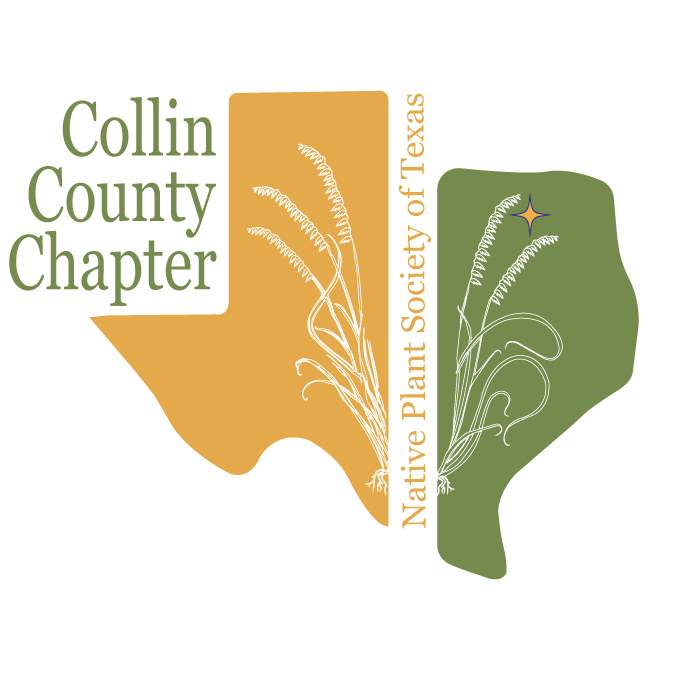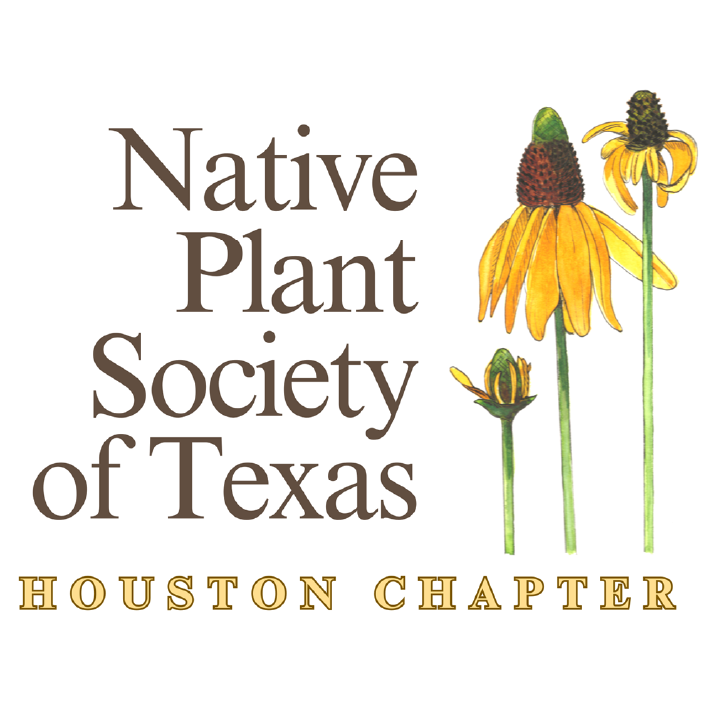August 15 @ 7:00 pm – 8:00 pm

If you are not aware (but we hope you are), an invasive species is defined as a non-native species to the ecosystem whose introduction causes or is likely to cause economic or environmental harm or harm to human health. Our speaker this month, Eric Ruckstuhl, has been removing invasive, exotic plants throughout Texas for more than 25 years. Join us to learn about his work removing invasive species in Texas and witness the unveiling of his results mapping the lost palms of Texas, Sabal mexicana.
About the Speaker – Eric Ruckstuhl

Eric Ruckstuhl is a native Houstonian who has lived in Cypress with his wife and two sons for 27 years. His company, EBR Enterprises, has been involved in habitat restoration for 30 years, and invasive plant removal for over 25 years. He is a fluvial geomorphologist and a native plant and wetland specialist. (Since this newsletter editor had to look up fluvial geomorphology, I’ll share that it is the study of the physical processes that shape and maintain river and stream form, recognizing that an in-depth understanding of a river’s history and site specific conditions are critical to successful management and restoration. Now we know.) Eric is also a licensed Herbicide Applicator, with Aquatic and Land Management certifications.
Our monthly chapter meetings are held on every 3rd Thursday, January – November. Our meetings are free and open to the public thanks to our members and sponsors.
The presentation will start at 7:00 pm, but come at 6:45 pm for a meet and greet with snacks.
Houston Arboretum and Nature Center
610 Entrance (preferred)
120 W Loop N Fwy
Houston, TX 77024
Woodway Entrance
4501 Woodway Drive
Houston, TX 77024
Meetings will also be live-streamed and recorded for later viewing.
Return to Houston Chapter Page






